Michael Faraday's Laboratory
The lab where the scientist made his groundbreaking discoveries is preserved on the basement floor of the Faraday Museum.
Red wax, used to seal the doors for light experiments, still clings to the dumbwaiter in the former servants hall. A bottle of polluted water from the River Thames for studying, a travel microscope, and various other tools occupy the shelves in Michael Faraday’s small laboratory in the basement of the Royal Institution.
The Royal Institution of Great Britain was founded in 1799 by the era’s leading British scientists, including Henry Cavendish who discovered “inflammable air” (hydrogen) and its first president, the ninth Earl of Winchilsea, George Finch. A history guide written by the organization notes its aim: to make science more accessible “by courses of philosophical lectures and experiments, the application of science to the common purposes of life.”
The museum resides in the lower part of the Institution, which has remained in the old townhouse on 21 Albemarle Street since its onset. The three floors showcase an awesome legacy, but the heart lies in that basement where Faraday made groundbreaking discoveries like the magneto-optical effect and diamagnetism.
The lack of natural light down there was ideal for working with light beams and Faraday quietly took it over in the 1820s. After he died in 1867 the room was used for storage. In 1931, for the centennial celebration of his discovery of electromagnetic induction, the laboratory was recreated using a painting by Harriet Moore as a guide.
Faraday received very little formal education. He spent his teenage years apprenticing for a bookbinder. He read a great deal, and later implemented what he’d learned from books like Jane Marcet’s Conversations on Chemistry. The autodidact’s mathematical ability was limited to simple algebra, but his experiments and discoveries were so influential Einstein kept a picture of him on his study wall. Despite having such a profound effect on the world around him, he remained humble. When he was offered knighthood he chose to remain “plain Mr. Faraday to the end.”


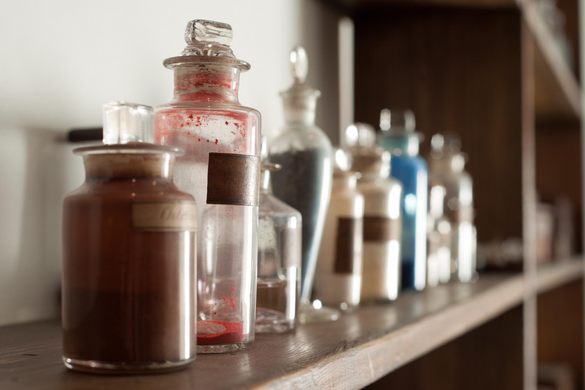

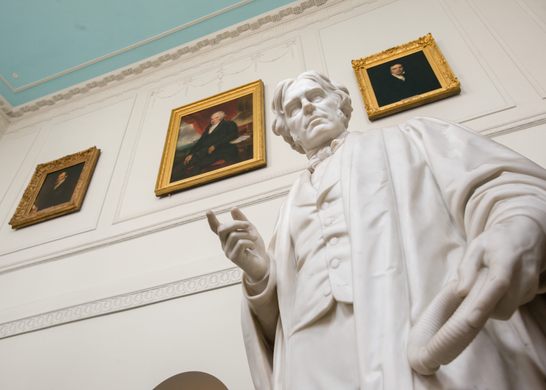
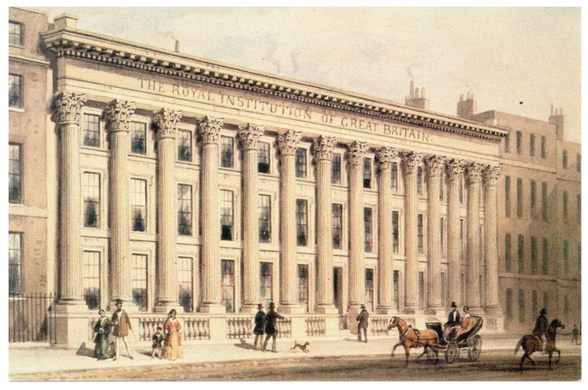
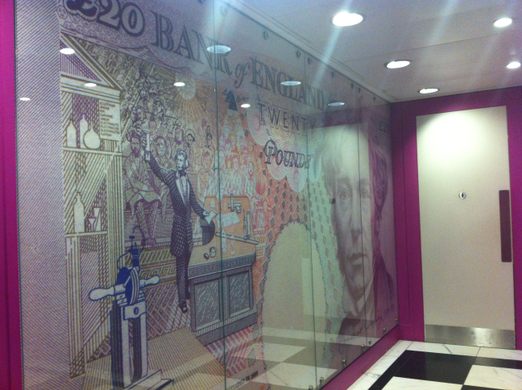

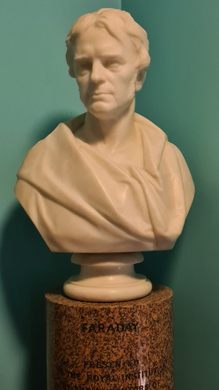
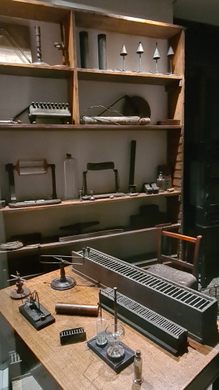
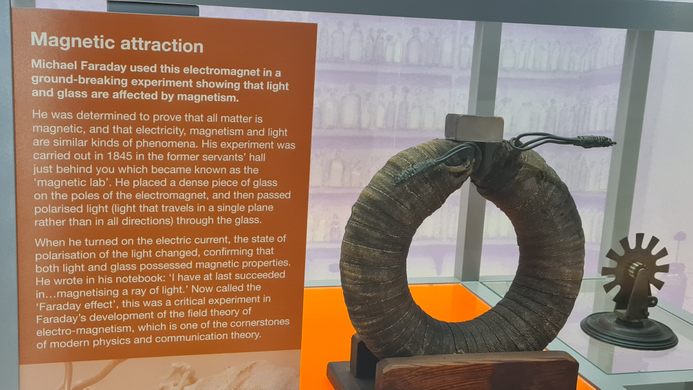
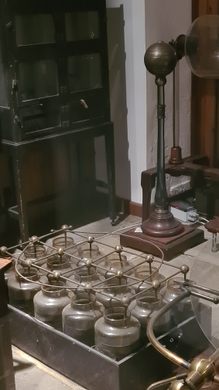








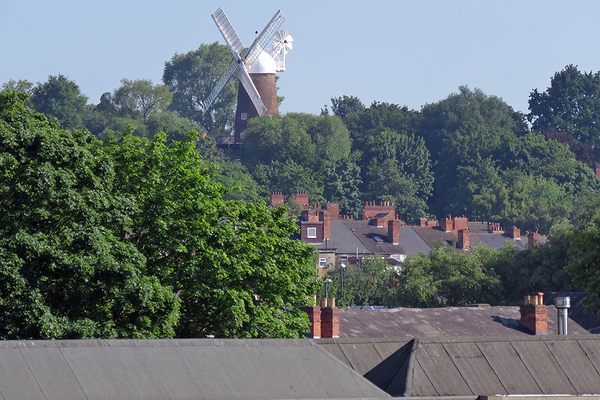




Follow us on Twitter to get the latest on the world's hidden wonders.
Like us on Facebook to get the latest on the world's hidden wonders.
Follow us on Twitter Like us on Facebook